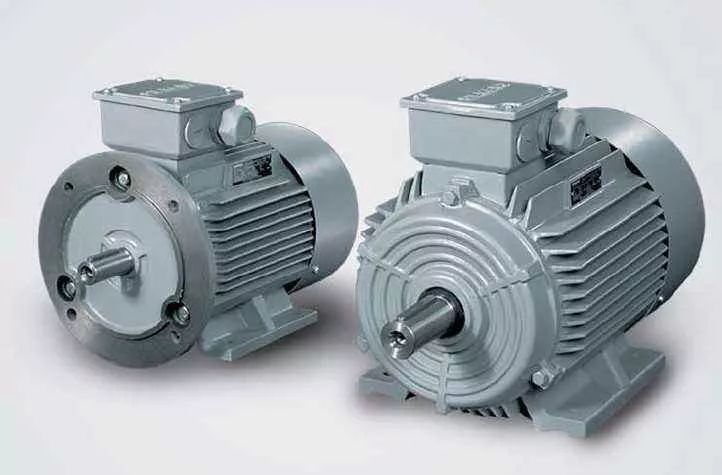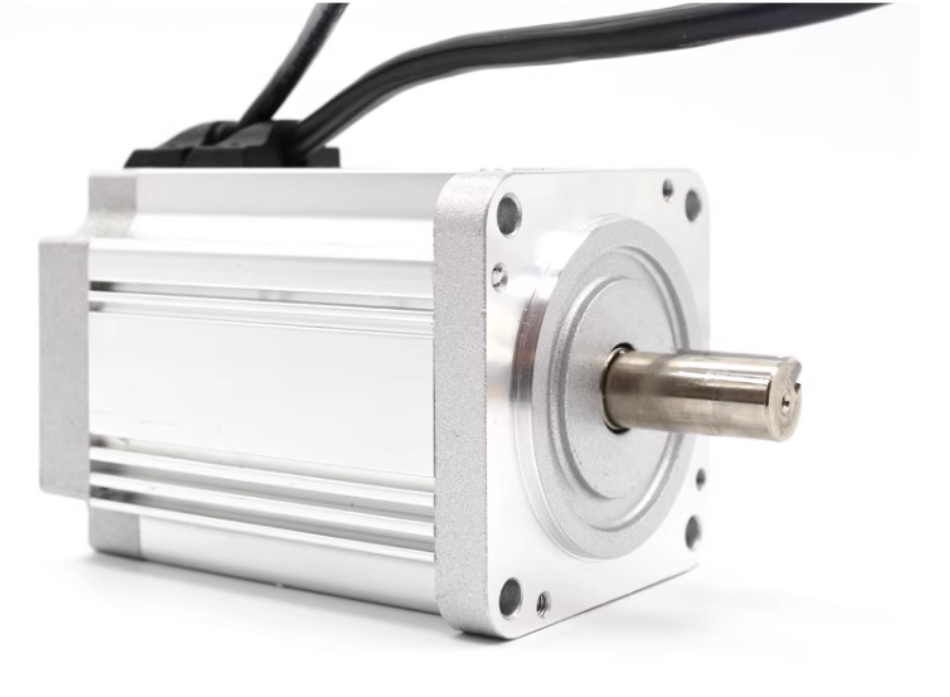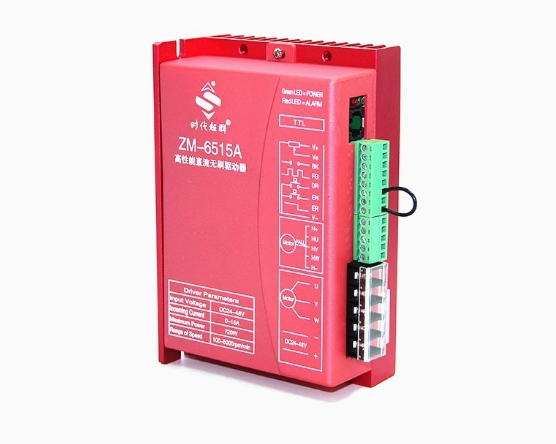The difference between YE3 motor, YE2 motor and YX3 motor
Date:2024-05-28 Author:Shandong Xinda Motor Co., Ltd.

Therefore, in 2009, Shanghai Electric Science Research Institute organized dozens of motor factories in the motor industry to jointly design motors that meet the IE2 and IE3 indicators. On the basis of YX3 high-efficiency motors, IE2 motors have adjusted some designs to meet the requirements of IE2 indicators and testing methods, and are named YE2 series high-efficiency motors. This series of designs passed the appraisal organized by the Machinery Industry Federation in 2011. There was no reference sample for motors that meet the IE3 indicators in China, only the NEMA ultra-high efficiency series, which was made by a few manufacturers. Therefore, on this basis, domestic motors that meet the IE3 requirements were developed and named YE3 series ultra-high efficiency motors.



























 XINDA
XINDA